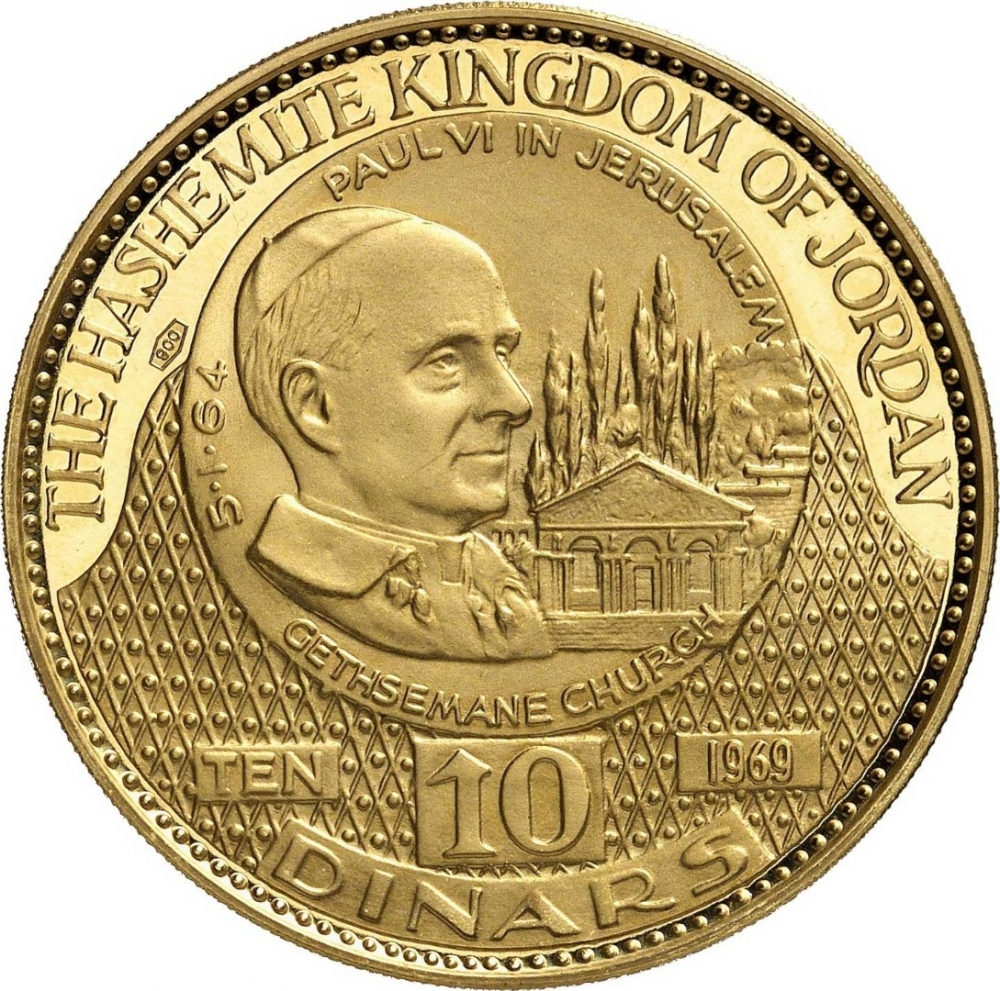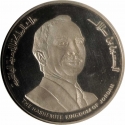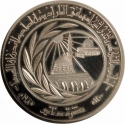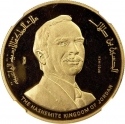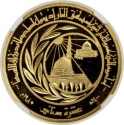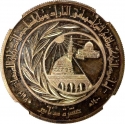You are about to finish your registration. Please check your mailbox (including spam folder). There should be a letter with a confirmation link. Check setting to make sure that your e-mail address is correct.
Send letter againDescription
In January 1964, Pope Paul VI commenced his journey to the homeland of Jesus, where he shared a significant embrace with the Patriarch of Constantinople, Athenagoras. Departing from Rome on January 4, 1964, Paul VI headed towards Amman, where he received a warm welcome from King Hussein of Jordan. During the reception, King Hussein presented the Pope with a plaque crafted from olive wood sourced from the Garden of Gethsemane. In the brief yet poignant ceremony, the King expressed his gratitude to the Pope for gracing Jordan with his presence. Paul VI, in turn, conveyed a message of peace, stating, “Whoever wants to love life and live happily must steer clear of evil and do good; they must seek peace and pursue it.” The motorcade then traversed the 100-kilometer distance separating Amman from Jerusalem, with the king following in his private jet.
Hussein bin Talal (1935–1999) was King of Jordan from the abdication of his father, King Talal, in 1952, until his death. Hussein's rule extended through the Cold War and four decades of Arab–Israeli conflict.
Obverse

|
Depicts a bust of Hussein bin Talal, encircled by the inscriptions "Hussein bin Talal" and "King of the Hashemite Kingdom of Jordan," with the denomination written in Arabic numerals and letters, along with the date in Hijri format below. Positioned above is the coat of arms of Jordan. الحسين بن طلال |
|---|---|
Reverse

|
Depicts a portrait of Pop Paul VI in front of a general view of Gethsemane Church enclosed within a circle, featuring an inscription below, the date of visit and his name above, while the country name appears above it. The denomination, expressed in English numerals and letters, along with the date in the Gregorian calendar, is positioned below the design. Metal purity is positioned above on the left. THE HASHEMITE KINGDOM OF JORDAN |
| Edge |

